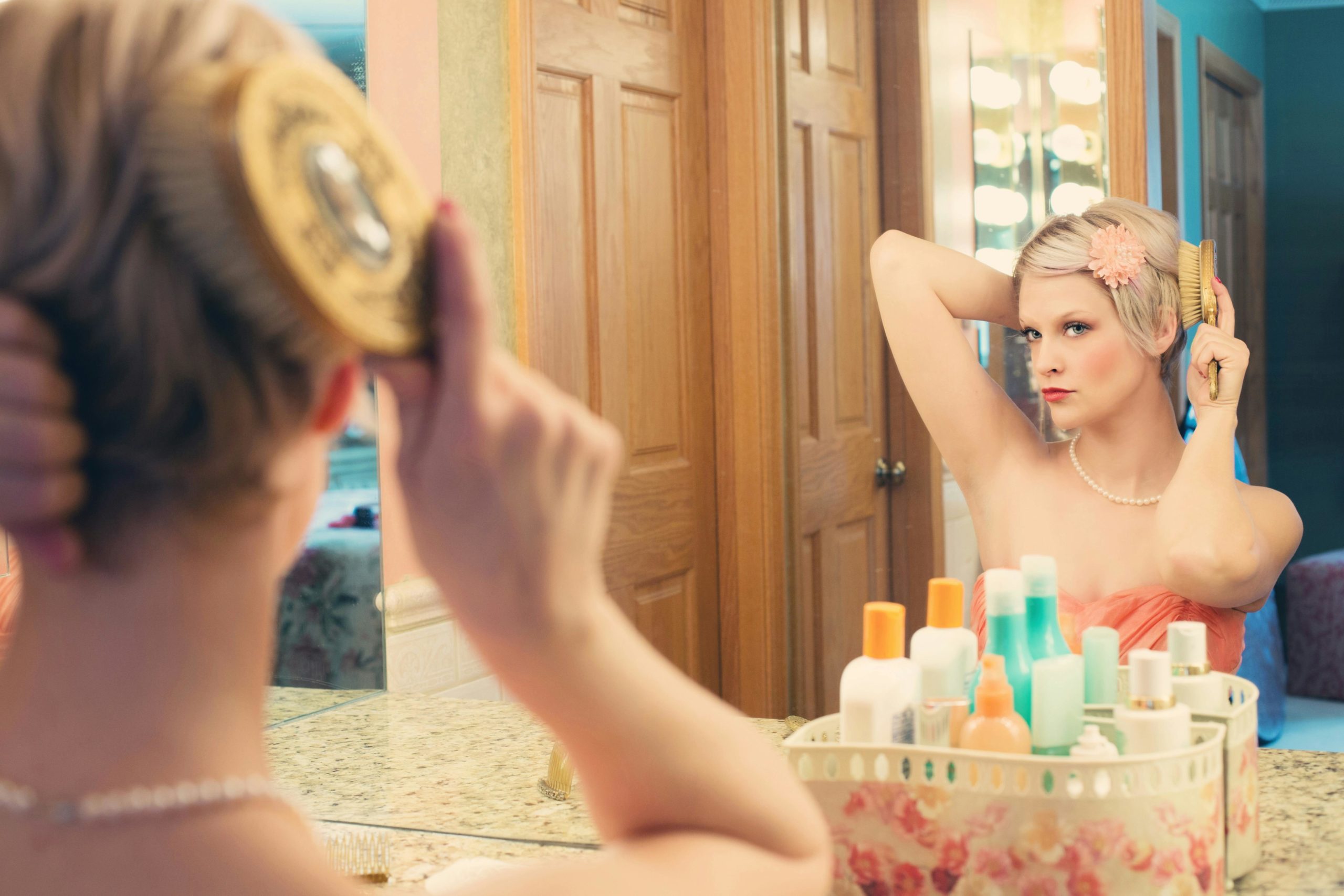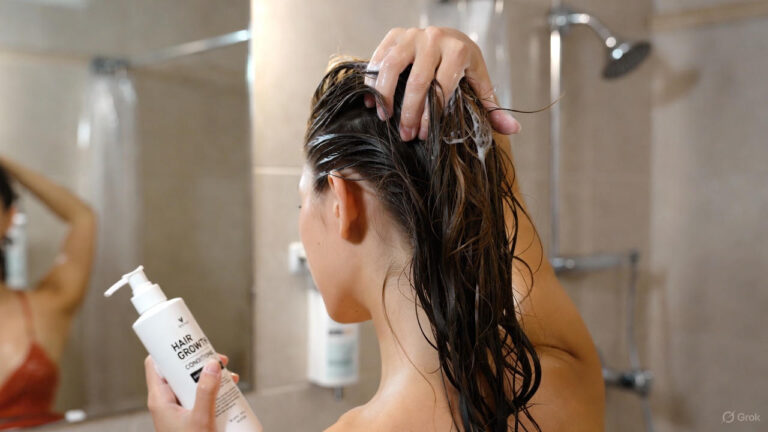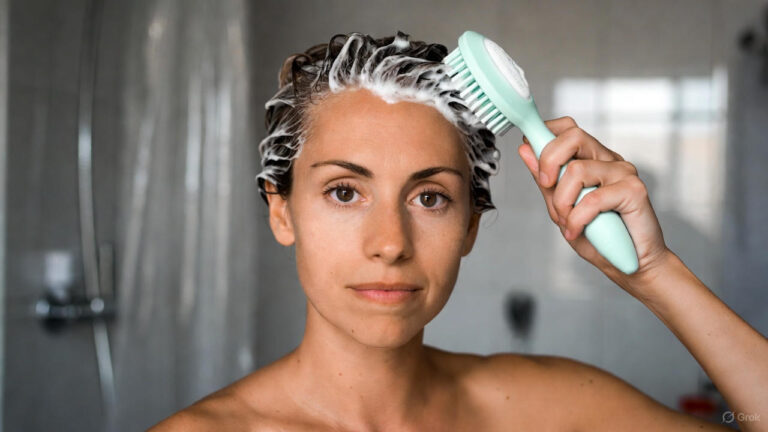Choosing the right hairbrush is essential for achieving healthy, beautiful hair. However, with so many options available, finding the perfect brush for your hair type can be overwhelming. Whether you have fine, straight hair or thick, curly hair, selecting the right brush can make a significant difference in your styling routine.
In this comprehensive guide, we’ll explore the factors to consider when choosing a hairbrush, including hair type, texture, and styling goals. Armed with this knowledge, you’ll be able to select the perfect brush to achieve your desired hairstyle with ease.
Factors to Consider When Choosing a Hair Brush
Hair Type and Texture
The first step in choosing the right hairbrush is to consider your hair type and texture. Fine, straight hair requires a different brush than thick, curly hair. Understanding your hair’s unique characteristics will help you select a brush that meets your styling needs without causing damage or breakage.
Bristle Type
The type of bristles on a brush can significantly impact its performance and suitability for different hair types. Natural bristles, such as boar bristles, are gentle on the hair and scalp, making them ideal for fine or delicate hair. Synthetic bristles, on the other hand, are more durable and can provide better detangling and styling for thicker or coarser hair.
Brush Shape and Size
The shape and size of a brush can also affect its performance and versatility. Round brushes are ideal for creating volume and curl, while paddle brushes are excellent for detangling and smoothing straight hair. Consider your styling goals when choosing the shape and size of your brush to ensure optimal results.
Handle Design
The handle design of a brush can impact its ease of use and comfort during styling. Look for brushes with ergonomic handles and non-slip grips for greater control and maneuverability, especially if you have long or thick hair that requires prolonged styling sessions.
Material Quality
Lastly, consider the quality of materials used in the construction of the brush. High-quality brushes made from durable materials will last longer and provide better performance, making them a worthwhile investment for your hair care routine.
How to Choose the Right Hair Brush for Different Hair Types
Fine, Straight Hair
For fine, straight hair, opt for a brush with natural bristles, such as boar bristles, which are gentle on the hair and scalp. A paddle brush or vented brush with widely spaced bristles can help detangle and smooth the hair without causing breakage or damage.
Thick, Curly Hair
Thick, curly hair requires a brush with sturdy bristles and a larger surface area to effectively detangle and define curls. Look for a brush with synthetic bristles or a combination of natural and synthetic bristles, as these can provide better grip and control when styling.
Wavy Hair
Wavy hair benefits from a brush with a combination of bristle types, such as a mix of natural and synthetic bristles. A round brush or wide-tooth comb can help enhance natural waves and add volume without flattening the hair.
Coarse, Frizzy Hair
Coarse, frizzy hair requires a brush with dense bristles and a smooth surface to tame flyaways and smooth the hair shaft. A boar bristle brush or a ceramic paddle brush can help distribute natural oils and reduce frizz for a smoother, sleeker finish.
Thin, Limp Hair
For thin, limp hair, opt for a brush with natural bristles and a lightweight design to avoid weighing down the hair. A round brush or vented brush can help add volume and lift at the roots for a fuller, more voluminous look.
Conclusion
Choosing the right hairbrush is essential for achieving healthy, beautiful hair. By considering factors such as hair type, texture, bristle type, brush shape, handle design, and material quality, you can select the perfect brush to meet your styling needs. Whether you have fine, straight hair or thick, curly hair, there’s a brush out there that’s tailored to your hair type and styling goals.
FAQs
Q1: Can I use the same brush for wet and dry hair?
It’s generally best to use a separate brush for wet and dry hair to avoid breakage and damage. Opt for a wide-tooth comb or a brush specifically designed for wet hair to detangle and smooth strands without causing stress or breakage.
Q2: How often should I clean my hairbrush?
It’s a good idea to clean your hairbrush regularly to remove dirt, oil, and product buildup. Aim to clean your brush at least once a week using warm water and a mild shampoo or brush cleaner.
Q3: What’s the difference between a paddle brush and a round brush?
Paddle brushes are flat and wide, making them ideal for detangling and smoothing straight hair, while round brushes have a cylindrical shape and are used for creating volume and curls during blowouts.
Q4: Can I use a hairbrush with synthetic bristles on natural hair?
Yes, hairbrushes with synthetic bristles can be used on natural hair, but they may not provide the same level of gentleness and scalp stimulation as brushes with natural bristles. Consider using a combination of natural and synthetic bristles for optimal results.
Q5: How do I know if a brush is suitable for my hair type?
Look for brushes specifically designed for your hair type or consult with a hairstylist or hair care professional for personalized recommendations. Consider factors such as bristle type, brush shape, and handle design to find the perfect match for your hair.



